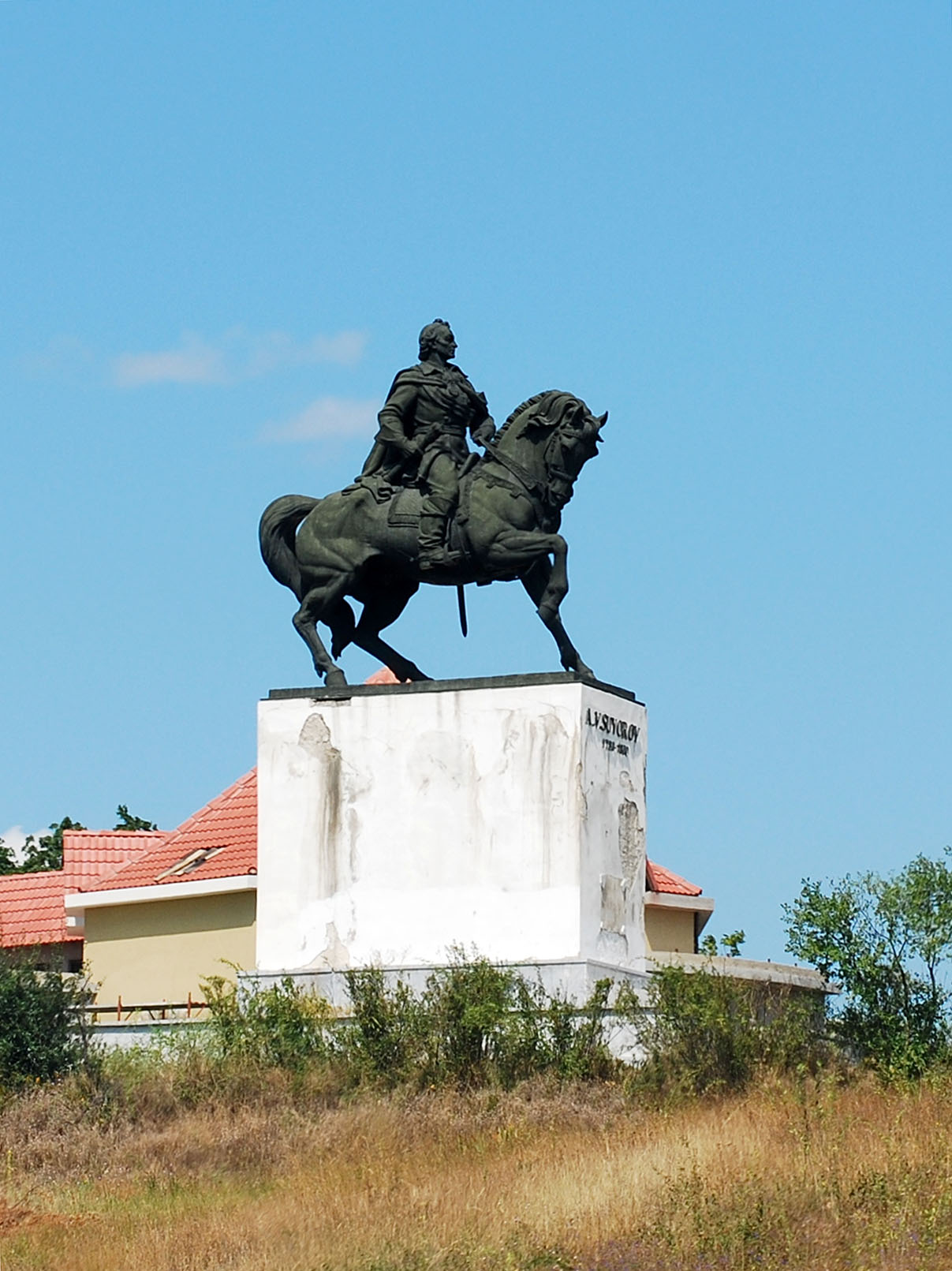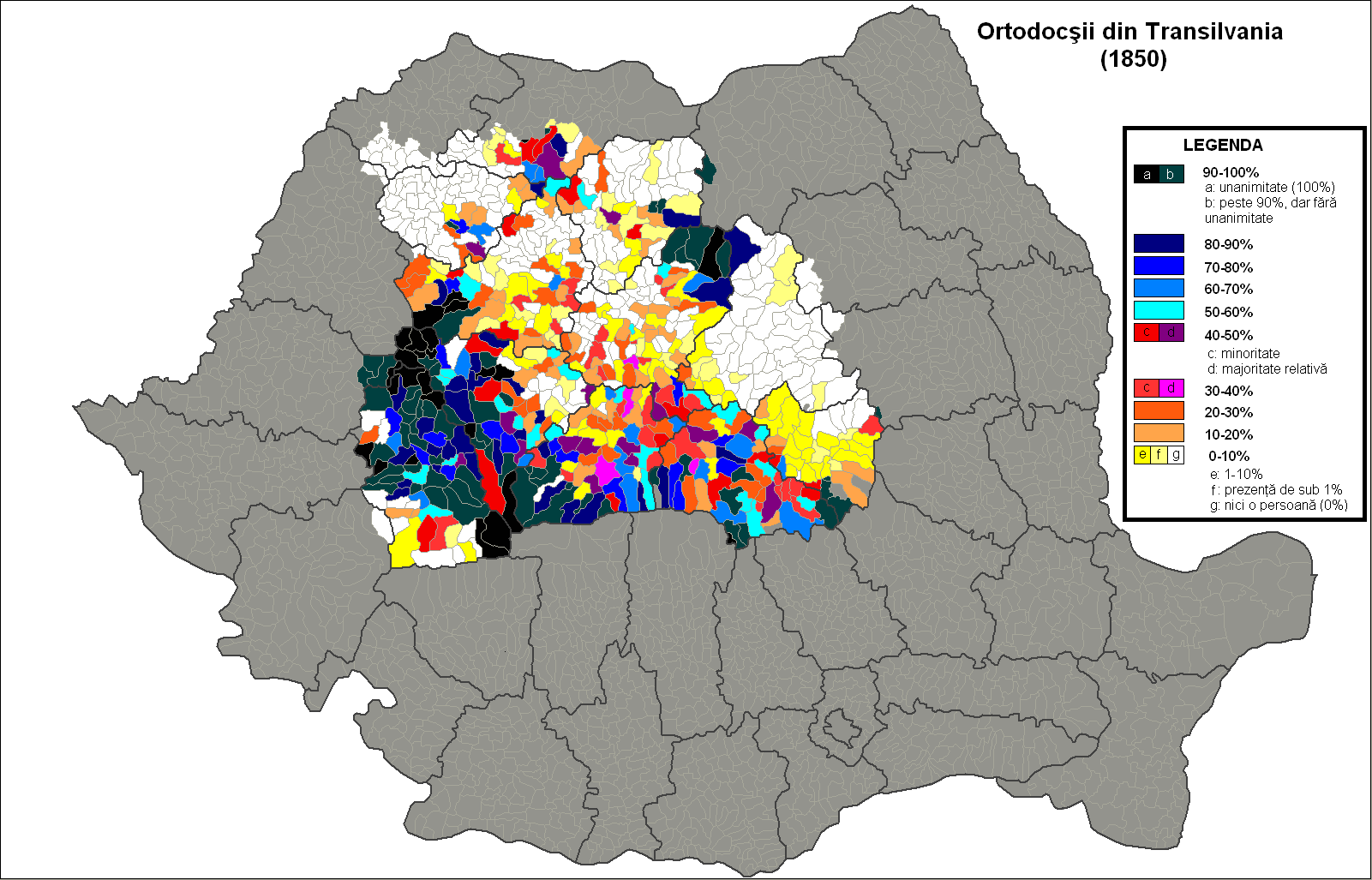|
Fitionești
Fitionești is a commune in the center-north hill area of Vrancea County, Western Moldavia, Romania (2,859 inhabitants). The commune is composed of five villages: Ciolănești, Fitionești, Ghimicești, Holbănești and Mănăstioara. Fitionești is said to have taken its name from the Fetion family, an old family of local boyars. The first historical evidence dates back to the Thracian Bronze Age. Geography The river Zăbrăuț crosses the village that lies between two hills, surrounded by wooden areas. Fitionești has a varied relief: Bouroș(u) Hill to the East, Valea Rea Valley to the West, followed by Costin Hill; also, Pisc Hill (Pi Chisc) to the northwest, and Ursoaia. Twenty kilometres north of Fitionești, after Glodișteanu Woods, there is Moșinoaiele monastery (Moșânoaia). These surroundings are proper for (agro)tourism. The closest town is Panciu, ten kilometres to the South-East, which is virtually the only access way to "civilization", historically also referred t ... [...More Info...] [...Related Items...] OR: [Wikipedia] [Google] [Baidu] |
Vrancea County
Vrancea () is a county (județ) in Romania, with its seat at Focșani. It is mostly in the historical region of Moldavia but the southern part, below the Milcov River, is in Muntenia. Demographics In 2011, it had a population of 340,310 and a population density of . * Romanians – over 98% * Romani, others – 2% Geography Vrancea County's area is of . A curvedly shaped mountainous area, known in Romanian as the '' Carpații de Curbură'', lies in the western part of the county, at the Southern end of the Eastern Carpathians, with heights over . To the East, the heights decrease into hilly areas and the lower valley of the Siret River. The main tributary of the Siret, which crosses the county, is the Putna River. Seismic hazard The territory of Vrancea County is the most seismically active zone of Romania, with yearly earthquakes whose focal depths are between and therefore affect wide regions. The earthquakes with the epicenter in Vrancea are caused by the mo ... [...More Info...] [...Related Items...] OR: [Wikipedia] [Google] [Baidu] |
Zăbrăuț
The Zăbrăuț is a right tributary of the river Siret in Romania Romania ( ; ro, România ) is a country located at the crossroads of Central, Eastern, and Southeastern Europe. It borders Bulgaria to the south, Ukraine to the north, Hungary to the west, Serbia to the southwest, Moldova to the east, a .... It discharges into the Siret near Pădureni. e-calauza.ro Its length is and its basin size is . References Rivers of Romania Rivers of Vrancea County {{Vrancea-river-stub ...[...More Info...] [...Related Items...] OR: [Wikipedia] [Google] [Baidu] |
Western Moldavia
Moldavia ( ro, Moldova), also called Western Moldavia or Romanian Moldavia, is the historic and geographical part of the former Principality of Moldavia situated in eastern and north-eastern Romania. Until its union with Wallachia in 1859, the Principality of Moldavia also included, at various times in its history, the regions of Bessarabia (with the Budjak), all of Bukovina, and Hertsa; the larger part of the former is nowadays the independent state of Moldova, while the rest of it, the northern part of Bukovina, and Hertsa form territories of Ukraine. Romanian Moldavia consists of eight counties, spanning over 18% of Romania's territory. Six out of the 8 counties make up Romania's designated Nord-Est development region, while the two southern counties are included within Romania's Sud-Est development region. History Moldavian dialect The delimitation of the Moldavian dialect, as with all other Romanian dialects, is made primarily by analyzing its phonetic features and on ... [...More Info...] [...Related Items...] OR: [Wikipedia] [Google] [Baidu] |
Romania
Romania ( ; ro, România ) is a country located at the crossroads of Central, Eastern, and Southeastern Europe. It borders Bulgaria to the south, Ukraine to the north, Hungary to the west, Serbia to the southwest, Moldova to the east, and the Black Sea to the southeast. It has a predominantly temperate- continental climate, and an area of , with a population of around 19 million. Romania is the twelfth-largest country in Europe and the sixth-most populous member state of the European Union. Its capital and largest city is Bucharest, followed by Iași, Cluj-Napoca, Timișoara, Constanța, Craiova, Brașov, and Galați. The Danube, Europe's second-longest river, rises in Germany's Black Forest and flows in a southeasterly direction for , before emptying into Romania's Danube Delta. The Carpathian Mountains, which cross Romania from the north to the southwest, include Moldoveanu Peak, at an altitude of . Settlement in what is now Romania began in the Lower Pale ... [...More Info...] [...Related Items...] OR: [Wikipedia] [Google] [Baidu] |
Boyars
A boyar or bolyar was a member of the highest rank of the feudal nobility in many Eastern European states, including Kievan Rus', Bulgaria, Russia, Wallachia and Moldavia, and later Romania, Lithuania and among Baltic Germans. Boyars were second only to the ruling princes (in Bulgaria, tsars) from the 10th century to the 17th century. The rank has lived on as a surname in Russia, Finland, Lithuania and Latvia where it is spelled ''Pajari'' or ''Bajārs/-e''. Etymology Also known as bolyar; variants in other languages include bg, боляр or ; rus, боя́рин, r=boyarin, p=bɐˈjærʲɪn; ; ro, boier, ; and el, βογιάρος. The title Boila is predecessor or old form of the title Bolyar (the Bulgarian word for Boyar). Boila was a title worn by some of the Bulgar aristocrats (mostly of regional governors and noble warriors) in the First Bulgarian Empire (681–1018). The plural form of boila ("noble"), ''bolyare'' is attested in Bulgar inscriptions [...More Info...] [...Related Items...] OR: [Wikipedia] [Google] [Baidu] |
Panciu
Panciu () is a town in Vrancea County, Romania. It lies on the river Șușița, in the southern part of Western Moldavia, northwest of Focșani. It has a population of approximately 7,600. It administers five villages: Crucea de Jos, Crucea de Sus, Dumbrava, Neicu and Satu Nou. The town is located in the east-central part of the county, on the banks of the Șușița River. The region is famous for its white wines but also for its sparkling wine Sparkling wine is a wine with significant levels of carbon dioxide in it, making it fizzy. While the phrase commonly refers to champagne, European Union countries legally reserve that term for products exclusively produced in the Champagne regi ...s (white, red and rosé). Writer Ioan Slavici died in Panciu in 1926, and was buried at the hermitage within . Natives * Stelian Isac * Dan Nica References External links Panciu Town Hall Towns in Romania Populated places in Vrancea County Localities in Western Moldavia ... [...More Info...] [...Related Items...] OR: [Wikipedia] [Google] [Baidu] |
Wine
Wine is an alcoholic drink typically made from fermented grapes. Yeast consumes the sugar in the grapes and converts it to ethanol and carbon dioxide, releasing heat in the process. Different varieties of grapes and strains of yeasts are major factors in different styles of wine. These differences result from the complex interactions between the biochemical development of the grape, the reactions involved in fermentation, the grape's growing environment ( terroir), and the wine production process. Many countries enact legal appellations intended to define styles and qualities of wine. These typically restrict the geographical origin and permitted varieties of grapes, as well as other aspects of wine production. Wines not made from grapes involve fermentation of other crops including rice wine and other fruit wines such as plum, cherry, pomegranate, currant and elderberry. Wine has been produced for thousands of years. The earliest evidence of wine is from the Cau ... [...More Info...] [...Related Items...] OR: [Wikipedia] [Google] [Baidu] |
Romanians
The Romanians ( ro, români, ; dated exonym '' Vlachs'') are a Romance-speaking ethnic group. Sharing a common Romanian culture and ancestry, and speaking the Romanian language, they live primarily in Romania and Moldova. The 2011 Romanian census found that just under 89% of Romania's citizens identified themselves as ethnic Romanians. In one interpretation of the 1989 census results in Moldova, the majority of Moldovans were counted as ethnic Romanians.''Ethnic Groups Worldwide: A Ready Reference Handbook By'' David Levinson, Published 1998 – Greenwood Publishing Group.At the time of the 1989 census, Moldova's total population was 4,335,400. The largest nationality in the republic, ethnic Romanians, numbered 2,795,000 persons, accounting for 64.5 percent of the population. Source U.S. Library of Congress "however it is one interpretation of census data results. The subject of Moldovan vs Romanian ethnicity touches upon the sensitive topic ofMoldova's national i ... [...More Info...] [...Related Items...] OR: [Wikipedia] [Google] [Baidu] |
Religion
Religion is usually defined as a social- cultural system of designated behaviors and practices, morals, beliefs, worldviews, texts, sanctified places, prophecies, ethics, or organizations, that generally relates humanity to supernatural, transcendental, and spiritual elements; however, there is no scholarly consensus over what precisely constitutes a religion. Different religions may or may not contain various elements ranging from the divine, sacred things, faith,Tillich, P. (1957) ''Dynamics of faith''. Harper Perennial; (p. 1). a supernatural being or supernatural beings or "some sort of ultimacy and transcendence that will provide norms and power for the rest of life". Religious practices may include rituals, sermons, commemoration or veneration (of deities or saints), sacrifices, festivals, feasts, trances, initiations, funerary services, matrimonial services, meditation, prayer, music, art, dance, public service, or other aspects of human culture. Re ... [...More Info...] [...Related Items...] OR: [Wikipedia] [Google] [Baidu] |
Romanian Orthodox Church
The Romanian Orthodox Church (ROC; ro, Biserica Ortodoxă Română, ), or Patriarchate of Romania, is an autocephalous Eastern Orthodox church in full communion with other Eastern Orthodox Christian churches, and one of the nine patriarchates in the Eastern Orthodox Church. Since 1925, the church's Primate bears the title of Patriarch. Its jurisdiction covers the territories of Romania and Moldova, with additional dioceses for Romanians living in nearby Serbia and Hungary, as well as for diaspora communities in Central and Western Europe, North America and Oceania. It is the only autocephalous church within Eastern Orthodoxy to have a Romance language for liturgical use. The majority of Romania's population (16,367,267, or 85.9% of those for whom data were available, according to the 2011 census data), as well as some 720,000 Moldovans, belong to the Romanian Orthodox Church. Members of the Romanian Orthodox Church sometimes refer to Orthodox Christian doctrine as '' ... [...More Info...] [...Related Items...] OR: [Wikipedia] [Google] [Baidu] |

_-_contrast.jpg)


